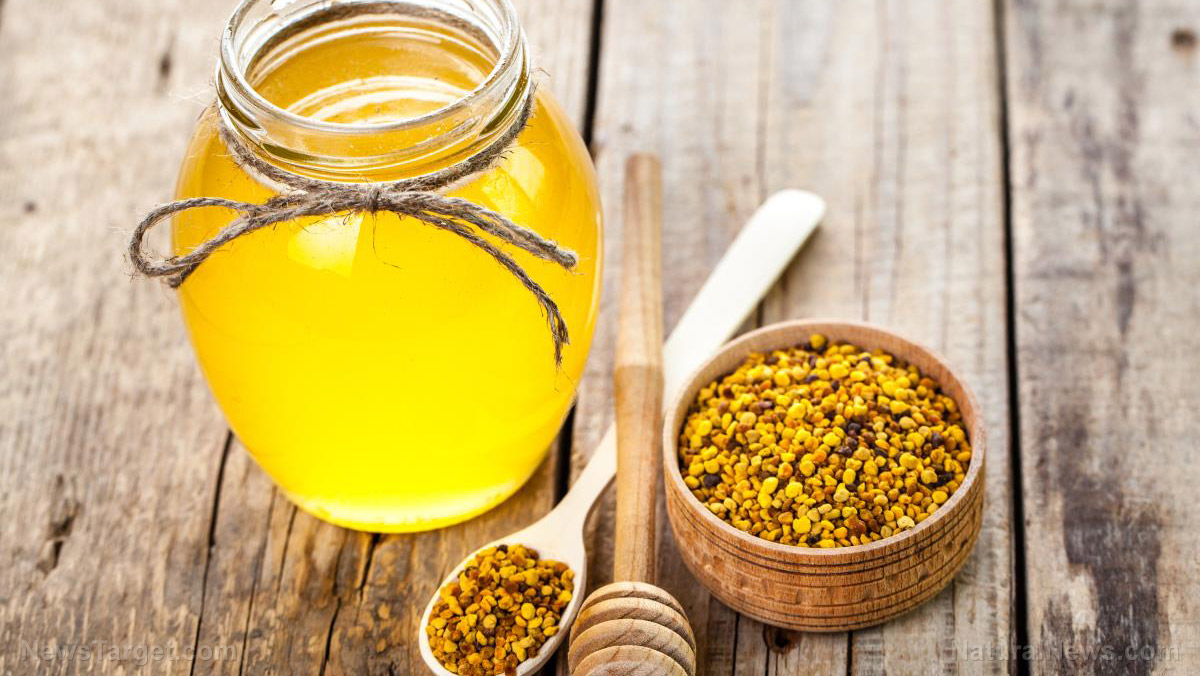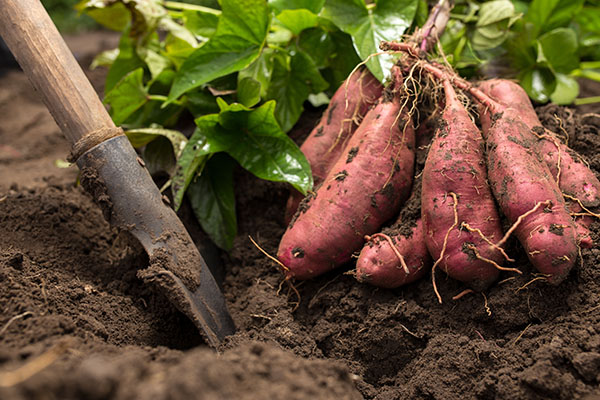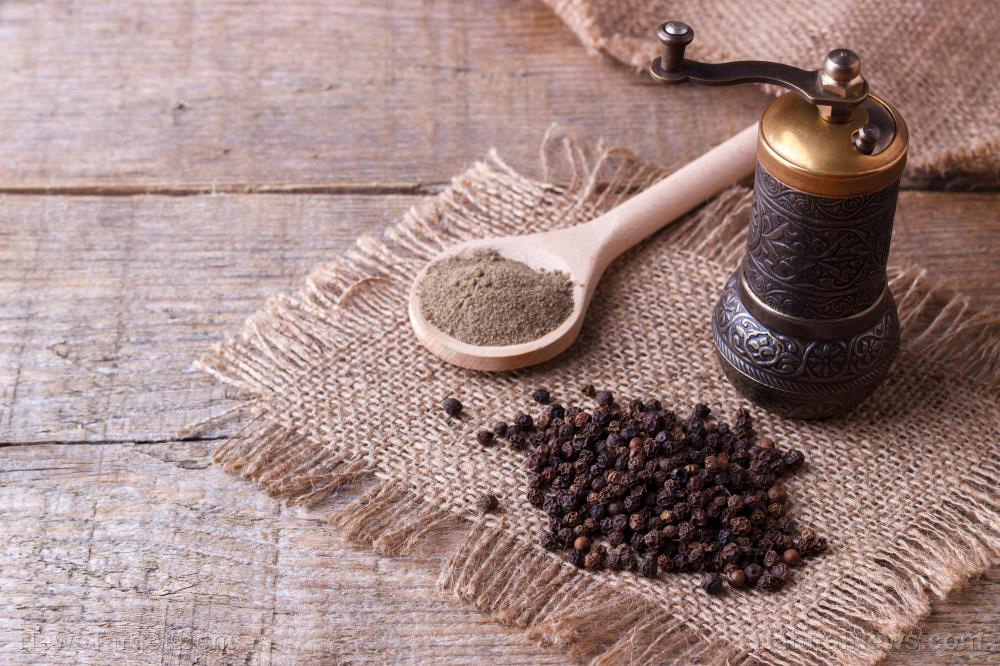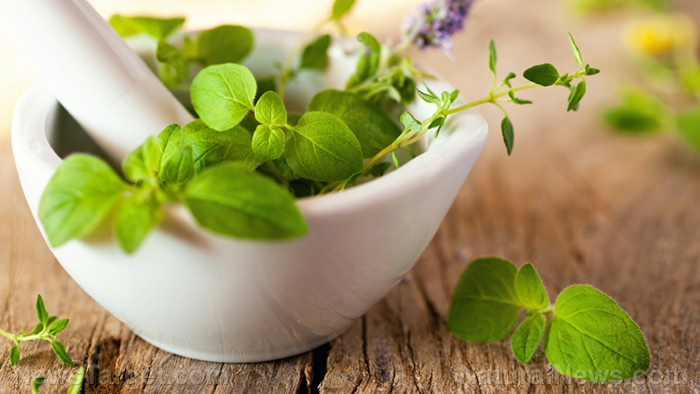Pilot study finds that resveratrol can be used as a complementary treatment with meloxicam for knee osteoarthritis
03/28/2019 // Janine Acero // Views
Tags: anti-inflammatory, arthritis cures, goodhealth, goodmedicine, knee osteoarthritis, Meloxicam, natural cures, natural medicine, NSAID, pain relief, painkiller, polyphenols, resveratrol

- Resveratrol is a natural phenol and a powerful antioxidant with remarkable anti-inflammatory properties.
- The researchers evaluated the effects of oral resveratrol as an adjuvant with meloxicam – a nonsteroidal anti-inflammatory drug for OA – in reducing knee joint pain and biomarkers of inflammation in comparison with a placebo.
- The study involved 110 men and women, aged 45 to 75 years, who were diagnosed with mild to moderate knee OA. The participants were treated with 15 mg meloxicam and either 500 mg resveratrol or placebo every day for 90 days in a double-blind, randomized control trial.
- The researchers used Visual Analogue Scale-100 scores to evaluate pain severity at the beginning and at the end of treatment.
- Fasting blood was collected to determine serum interleukins 1-beta and 6, tumor necrosis factor-alpha, C-reactive protein, and complement proteins C3 and C4.
- The resveratrol group experienced a time-dependent significant decrease in pain severity. Serum levels of the biomarkers were significantly reduced compared with the placebo group.
There is evidence to suggest that resveratrol may be an effective adjuvant option with meloxicam in the treatment of patients with mild to moderate knee OA.
Visit Antioxidants.news for more studies highlighting the medicinal benefits of natural compounds like resveratrol.
Journal Reference:
Marouf BH, Hussain SA, Ali ZS, Ahmmad RS. RESVERATROL SUPPLEMENTATION REDUCES PAIN AND INFLAMMATION IN KNEE OSTEOARTHRITIS PATIENTS TREATED WITH MELOXICAM: A RANDOMIZED PLACEBO-CONTROLLED STUDY. Journal of Medicinal Food. 2018;21(12):1253–1259. DOI: 10.1089/jmf.2017.4176
Related Topics
anti-inflammatory arthritis cures goodhealth goodmedicine knee osteoarthritis Meloxicam natural cures natural medicine NSAID pain relief painkiller polyphenols resveratrolLatest News
Related News
09/27/2023 / By Evangelyn Rodriguez
09/03/2023 / By Olivia Cook
05/10/2023 / By Olivia Cook
04/19/2023 / By Olivia Cook
03/22/2023 / By Oliver Young
03/07/2023 / By Olivia Cook
Take Action:
Support Natural News by linking to this article from your website.
Permalink to this article:
Copy
Embed article link:
Copy
Reprinting this article:
Non-commercial use is permitted with credit to NaturalNews.com (including a clickable link).
Please contact us for more information.
Please contact us for more information.






















